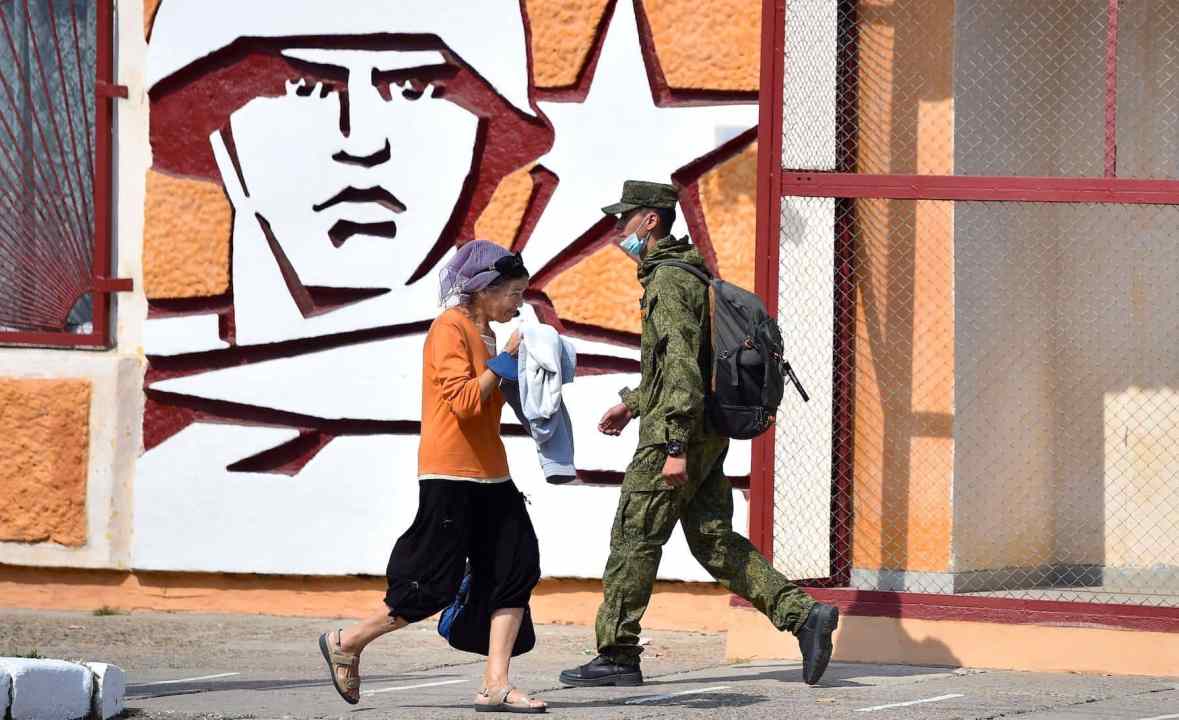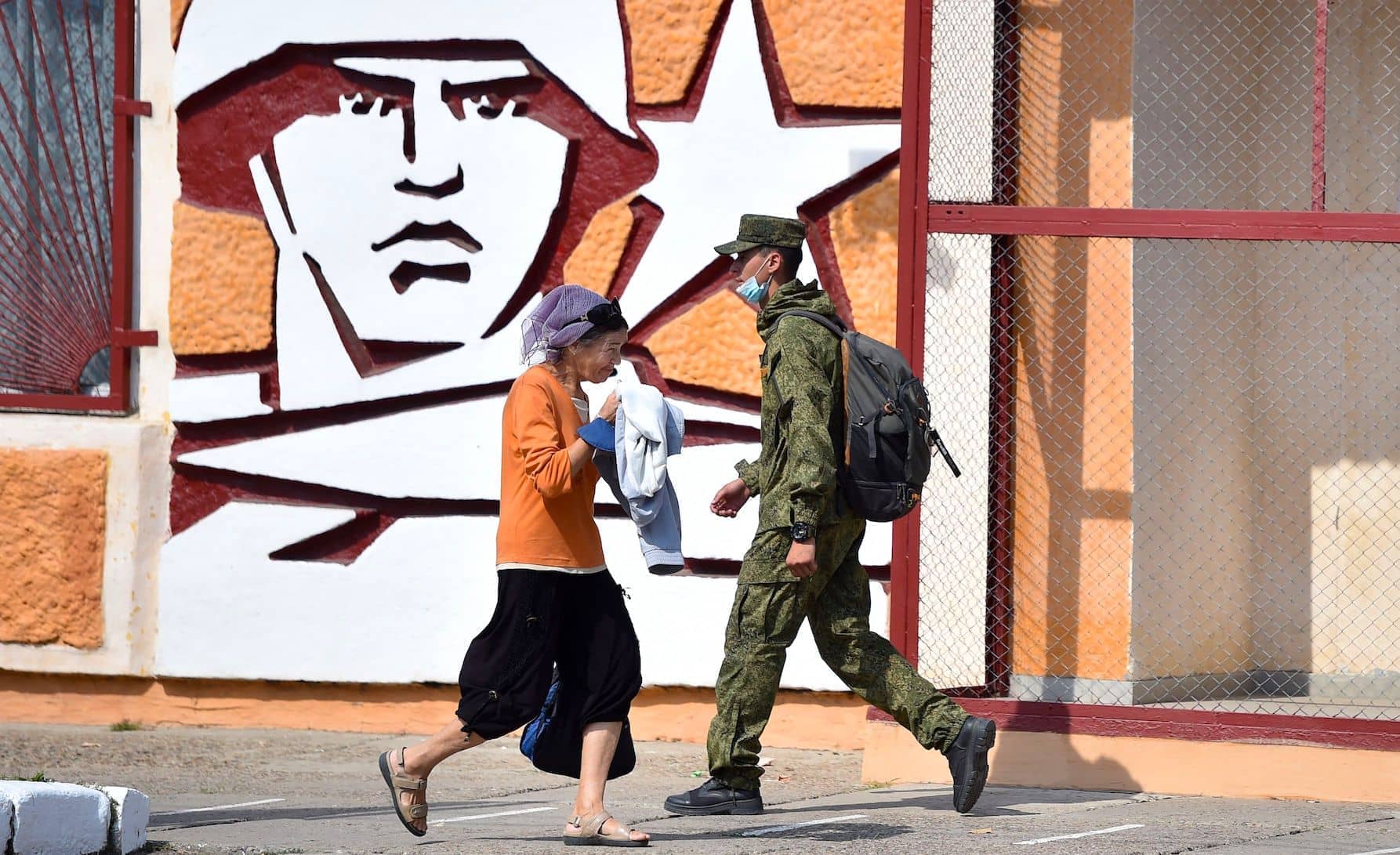Chișinău, Moldova
Armed soldiers patrol the checkpoints along the road into Transnistria, standing guard under a giant Soviet hammer and sickle flag. International law dictates that this thin tract of land along the border with Ukraine is part of Moldova. Yet it feels not just like a different country, but a different decade altogether.
Held by Russian-backed separatists since the fall of communism, the region is locked in a bygone era, with its estimated 350,000 residents going about their lives in the shadow of Soviet-era concrete buildings and statues of Lenin. Around 1,500 Russian troops have been stationed here as part of a ‘peacekeeping mission’ since a brief war in the early 1990s, operating alongside the unrecognised region’s own conscript army.
Together, they prop up the breakaway administration despite orders from Moldova and the UN to leave. Military bases kitted out with heavy armour and helicopters dot the landscape, while Russian personnel keep a careful watch over the highly-classified Cobasna ammunition depot, where thousands of tonnes of Soviet weaponry are believed to be stored.
In recent weeks, the self-declared Pridnestrovian Republic, as the Transnistrian authorities call themselves, has repeatedly claimed it has come under attack from mysterious terrorist groups, reporting explosions at government buildings and supposedly shooting down drones laden with explosives.

Britain’s best politics newsletters
You get two free articles each week when you sign up to The Spectator’s emails.
Already a subscriber? Log in









Comments
Join the debate for just £1 a month
Be part of the conversation with other Spectator readers by getting your first three months for £3.
UNLOCK ACCESS Just £1 a monthAlready a subscriber? Log in